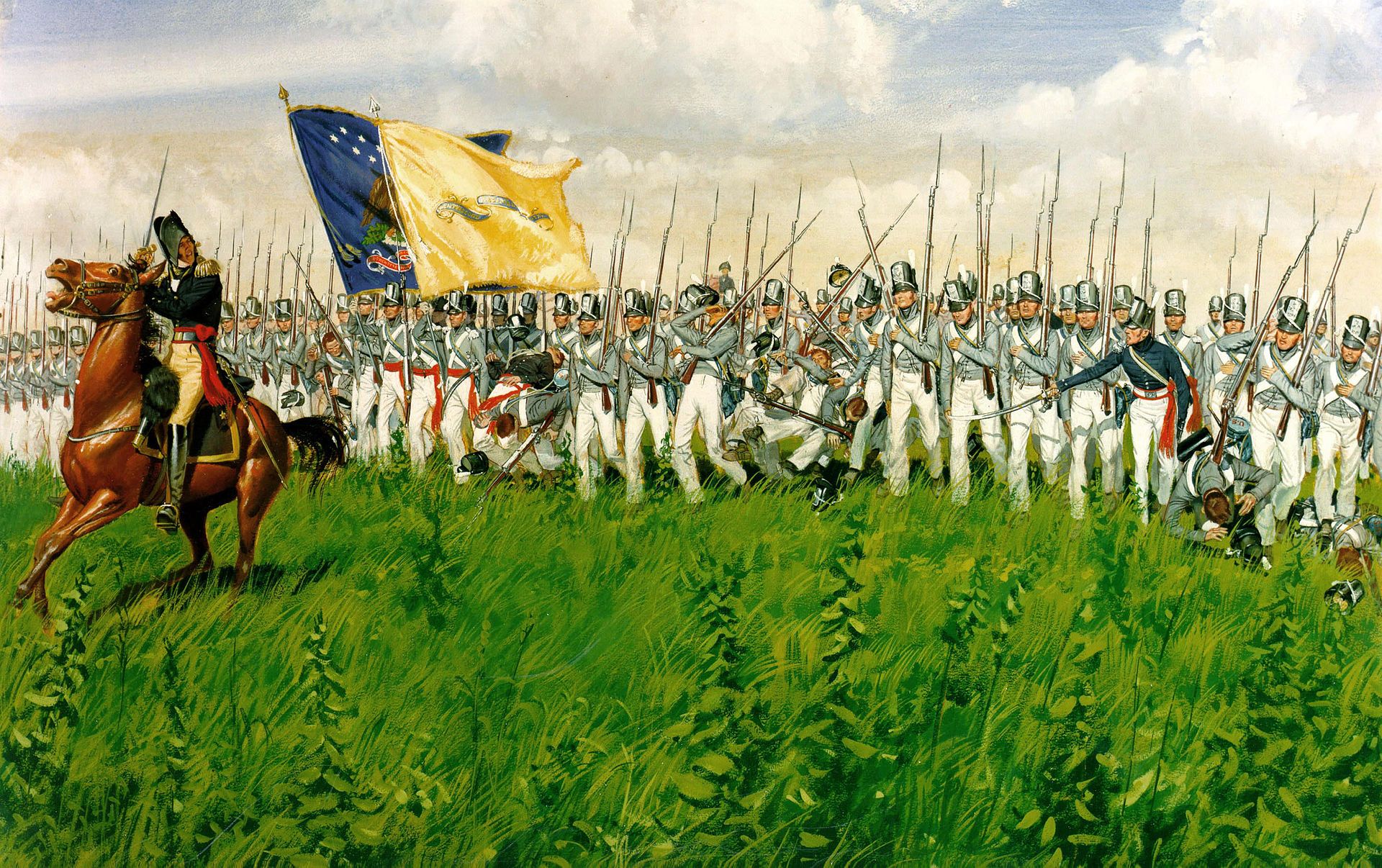Dr. Aaron Mannes: A Veterans Day Reflection

Dr. Aaron Mannes is a researcher at the University of Maryland’s Laboratory for Computational Cultural Dynamics (LCCD). At LCCD, he is the subject matter expert on terrorism and international affairs to a team of inter-disciplinary scientists building cutting edge information systems to support decision-makers facing 21st century security and development problems. At LCCD he has co-authored a pair of books on using computational models to predict the behavior of terrorist groups in South Asia.
Dr. Mannes is also the author of Profiles in Terror: The Guide to Middle East Terrorist Organizations (Rowman & Littlefield 2004), and has written scores of articles, papers, and book chapters on an array of topics including Middle East affairs, terrorism, technology, and other international security issues for popular and scholarly publications including The Wall Street Journal, Foreign Policy, The Journal of International Security Affairs, The Huffington Post, The National Interest, and The Guardian.
Dr. Mannes earned his PhD at the University of Maryland’s School of Public Policy in 2014 where his thesis topic was the evolving national security role of the vice president. He can be reached through his website terrorwonk.com and you can follow him on Twitter @awmannes.
The battalion change of command ceremony was not long. There was no elaborate pageantry. The core components of the ceremony were straightforward. The officers, sympathetic to the soldiers standing in formation under the West Texas sun, spoke briefly. Yet the event carried the weight of centuries.
On June 5, 2014 I visited Fort Bliss’ Highlander Field in El Paso, Texas to watch as the 4th Battalion, 6th Infantry Regiment, of the 4 Brigade Combat Team, of the First Armored Division (Old Ironsides) said farewell to its commander Lt. Colonel Ronny Johnson and welcomed its new commander, my friend of over two decades, Lt. Colonel William Adler.
The battalion is known as “The Regulars” because in the battle of Chippewa in the War of 1812, while wearing the uniforms of American militia, they surprised the British by pressing their attack rather than collapsing. The British general supposedly yelled, “Those are Regulars, by God!”
The story may be a myth. The only witness was the 4th battalion’s commander, future President Zachary Taylor. But myths exist to show us deeper truths. Regular is synonymous with ordinary, even dull. But in this context it is high praise. It means that they were professional soldiers.
A battalion consists of 300-1000 soldiers. Coordinating several hundred people to perform complex and timely operations is no small feat. Achieving this feat under the harrowing conditions of combat is a challenge of the highest order. There must be no illusions. This is what the military does. Both the brigade commander and outgoing battalion commander stated, “The battalion’s mission is to be prepared to deploy globally to kill the enemies of the United States.”
To carry out these missions successfully, to be professional soldiers, to merit being “Regulars” is a mark of excellence.
In peacetime, soldiers prepare for war, practicing their craft. Hopefully, their skill will deter enemies, but history suggests otherwise.
Procedure and training guide the hand and sharpen the mind. Great business leaders cite the importance of mission in motivating people to achieve. How much more true must this be, when the business is one of dealing and suffering death?
The change of command ceremony, albeit brief, reaches deep into time to nurture this sense of mission. It is a living reminder to the unit’s soldiers of the unit’s traditions, past and honor – the sense that they are marching in a long line of history.
When the incoming and outgoing commanders reviewed the troops they were following a tradition established by Alexander the Great. At the end of the ceremony the soldiers paraded off the field, this reflected a newer innovation, from the Middle Ages.
At the heart of the change of command ceremony is the “passing of the guidon,” the unit’s colors. For Roman legions, medieval knights, and musketeers a unit’s standards showed the commander’s location so soldiers could rally to their leader. Now the standards serve a less practical, but still essential purpose of symbolizing the unit’s honor. The announcer explained, “The commander may die, but the colors continue.”
In the modern Army, personnel move to new units at regular intervals. In a few years no one currently associated with the Regulars will still be a Regular. Yet the unit will continue. If the battalion commander is the head and the command sergeant major is the heart – the colors are the unit’s soul, the ineffably quality that makes something unique and allows excellence.
